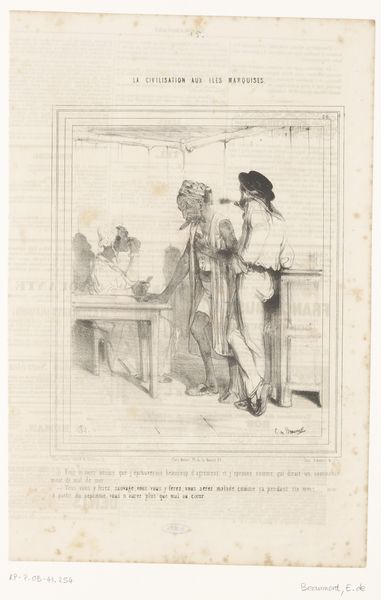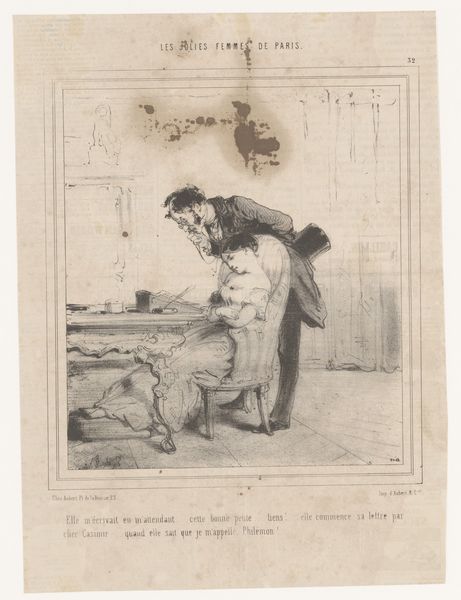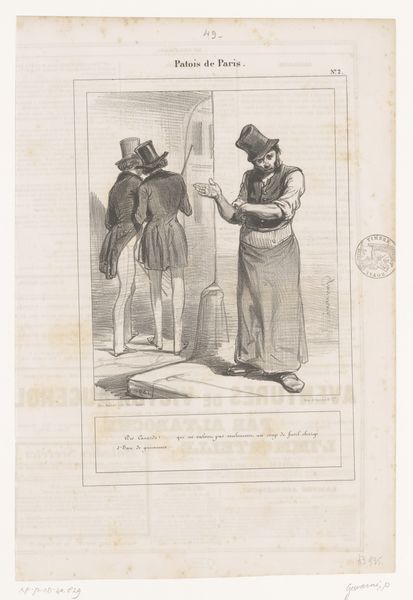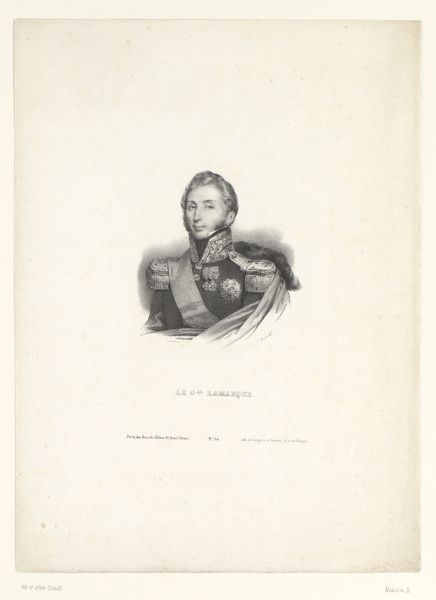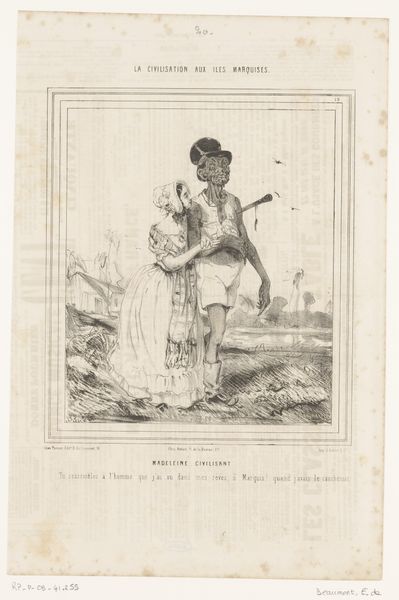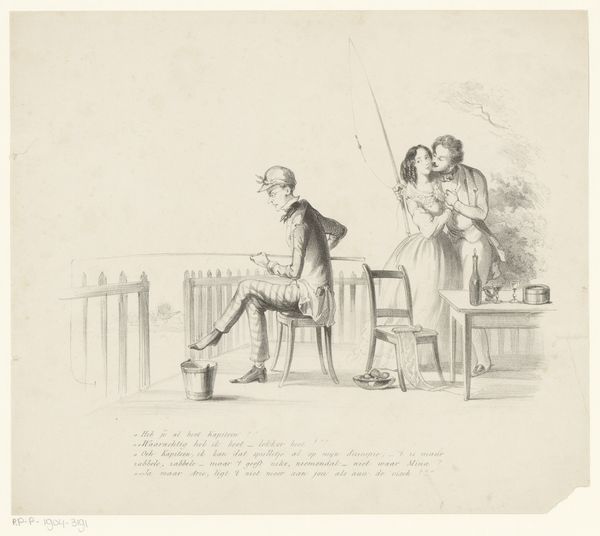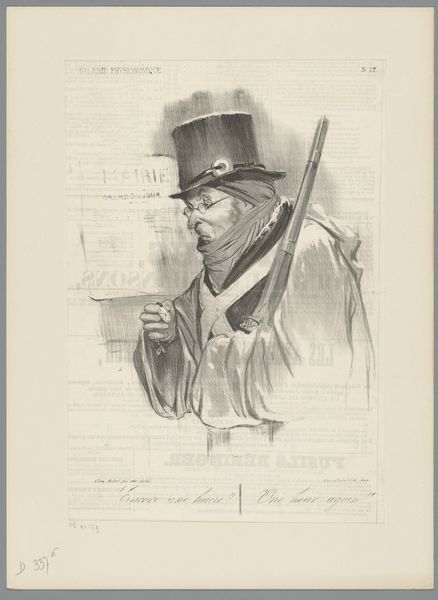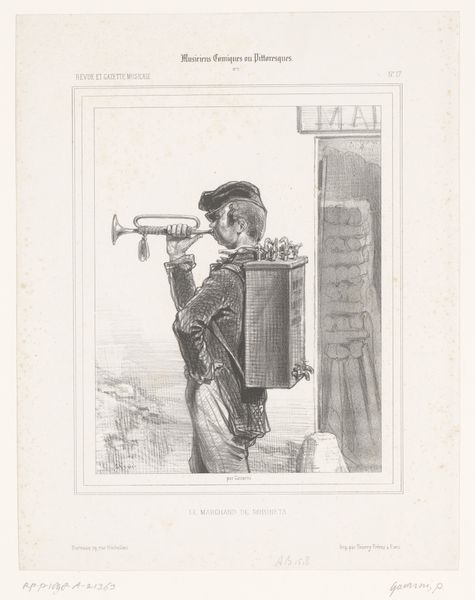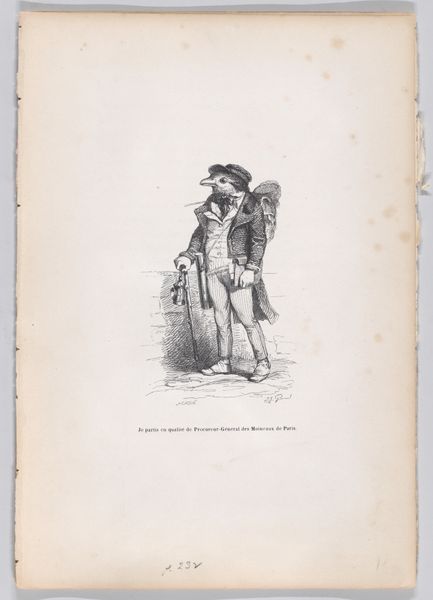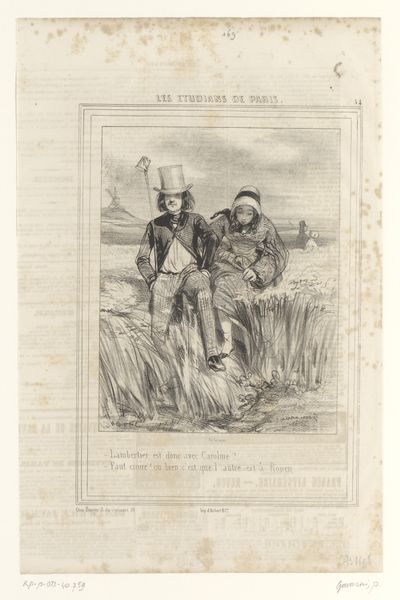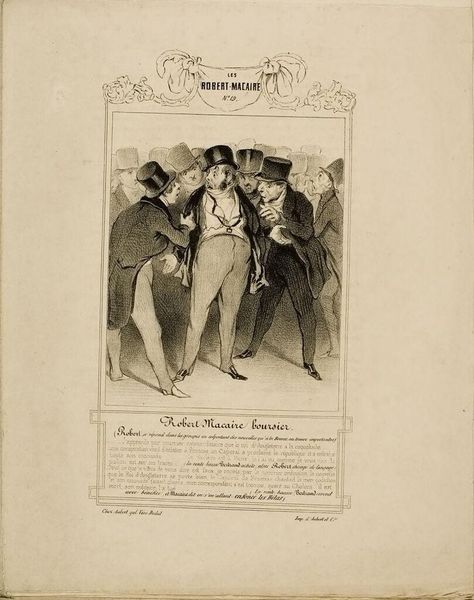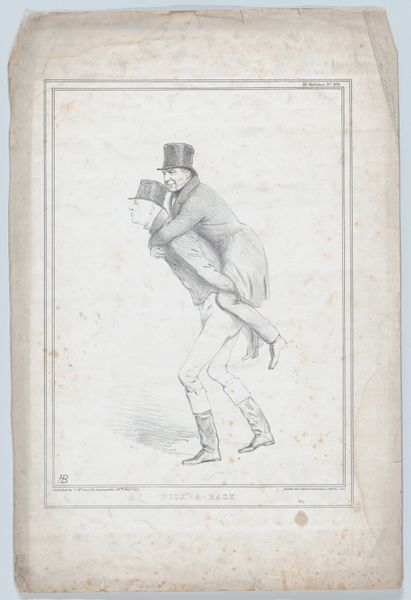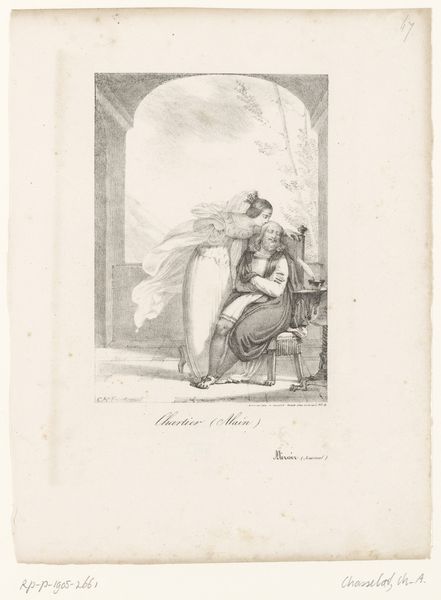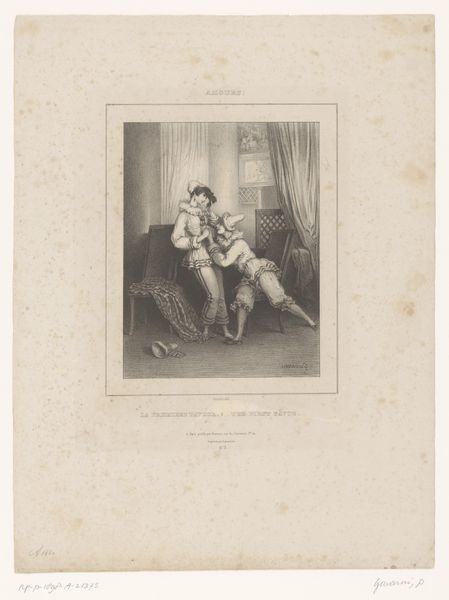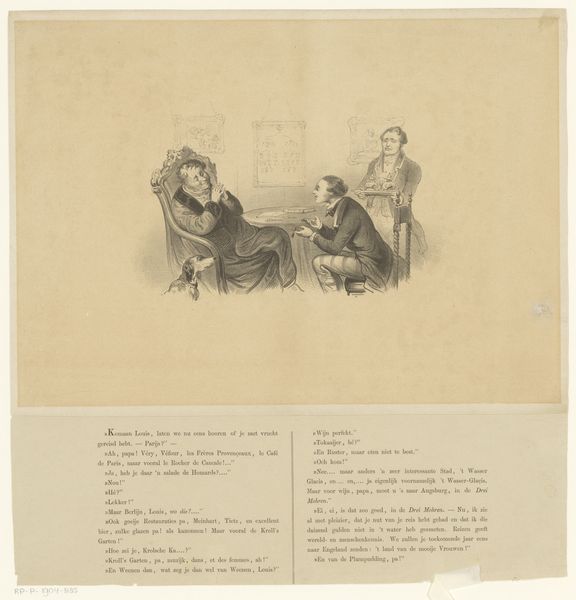
Dimensions: 7 x 6 1/4 in. (17.8 x 15.9 cm)
Copyright: Public Domain
Curator: Immediately, I sense a quiet melancholy about this piece. There's a fragile beauty to the young woman portrayed. Editor: Yes, and what you're seeing is "The Millier's Daughter," a wood engraving after a drawing by Winslow Homer from 1880, now in the collection of the Minneapolis Institute of Art. Curator: Wood engraving is such an interesting medium for this subject, and even for Winslow Homer. How does this technique intersect with ideas about women's labor in art and reproduction? Editor: It does invite considering Homer's engagement with mass media and its effect on perceptions of beauty and class. This particular print appeared within a piece of sheet music, also called "The Miller’s Daughter." This situates the young woman’s image within the performance of middle-class domesticity and amateur music-making, as popular themes circulating at the time. The artwork offered this particular visual economy. Curator: Ah, I see. Her pose and the floral arrangement convey a certain tenderness and cultivates that image. It is carefully composed to portray the young woman with that era’s sentimentality and gentility, while that sheet music almost acts as a social script about how she might embody those attributes. I notice a simple, dark bracelet on her wrist. Is it a symbol or clue related to gender identity or social constraints of women in 19th-century America? Editor: Possibly. Historians have read Homer's works, particularly his images of women and childhood, as reflecting larger social tensions regarding industrialization and changing roles for women, but the bracelet remains open to multiple interpretations. Is it defiance, status, fashion? It is quite common for bracelets to indicate some kind of association or even to indicate their mourning of someone. What is interesting about how a plain portrait reveals a far more involved social commentary than one might expect. Curator: Yes, it's those small details that offer a wider view into history. How social structures find their way into domestic scenes makes them invaluable for studying those norms. Editor: Absolutely. Seeing it as a product intended for broad circulation reshapes how we might understand that young woman’s place within culture, as well as the aspirations and values attached to her gender and station. Curator: It is striking to contemplate those broader ideas about gender through such a delicately drawn image. It makes me want to listen to that music while I look at it again, with our insights now. Editor: I agree; art history brings new ears as much as it brings new eyes.
Comments
No comments
Be the first to comment and join the conversation on the ultimate creative platform.
